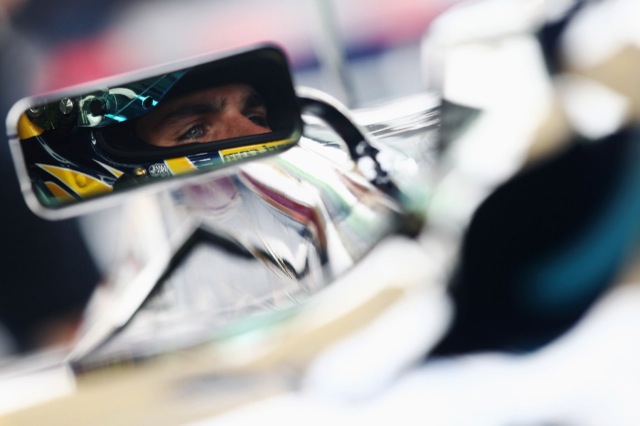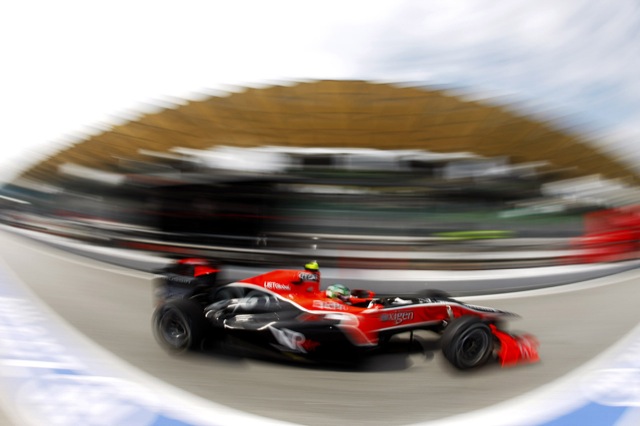The Mass/J-Damper saga is one of Formula One’s more intriguing controversies, embroiling the Renault team back in 2006 and causing many heated debates among team bosses. However, while Renault have since been reluctant to try out similar technology after it was banned, other teams have been doing their own R&D into the device, especially given that when the Enstone team ran the nose-encased mass damper system, their pace improved by approximately 0.3s per lap; a country mile in Formula One language.
Mike Gascoyne of Force India recently admitted to running inerter dampers on the VJM01 (and McLaren have also been using these for a while), bringing the issue of such technology back into the limelight. Force India and McLaren have not got themselves into any known trouble with the FIA over their use of the cushioning springs, and other teams have similarly showed interest in these devices.
However, the research could soon be brought to a close as the original concept, codenamed ‘J-Damper’ to put rivals off the scent back when it was in its infancy, could become a regular part of a modern day Formula One car. McLaren and Cambridge University originally developed the device and the institute owns the patent, but since 2005 the university has been subject to a confidentiality contract to prevent other squads from directly benefiting from their hard work. However, that agreement recently expired and Cambridge University have since licensed the device to Penske Racing Shocks, a company who deal with dampers and already supply Formula One.
We are extremely pleased to collaborate with Cambridge University in this capacity to further serve the needs of our valued customers in the F1 community. Inerter technology, although not a new area of development in F1, is something we feel as a leading damper manufacturer adds to our portfolio of pioneered applied technologies in professional racing. Jim Arentz, Technical Director, Penske Racing Shocks.
It isn’t known if McLaren pursued an extension to the contract or not, but it seems slightly strange that this technology has now been released into the wider market for McLaren’s rivals to lap up. This isn’t good news for the Woking team and although they appear to be on form at the moment, Ferrari will undoubtedly keen to take a look at the design of one of the MP4-23’s more important components and see what benefit they can gleam from it.
For more information, Cambridge University have a great page detailing what dampers do. I recommend a quick read as they do a better job of explaining the technology than myself: Professor Malcolm Smith’s Inerter Raced In Formula One.
Alternatively, Scarbs added a great comment to the last post on BlogF1 relating to dampers, and helpfully explained what the different types of damper are.


















Add comment